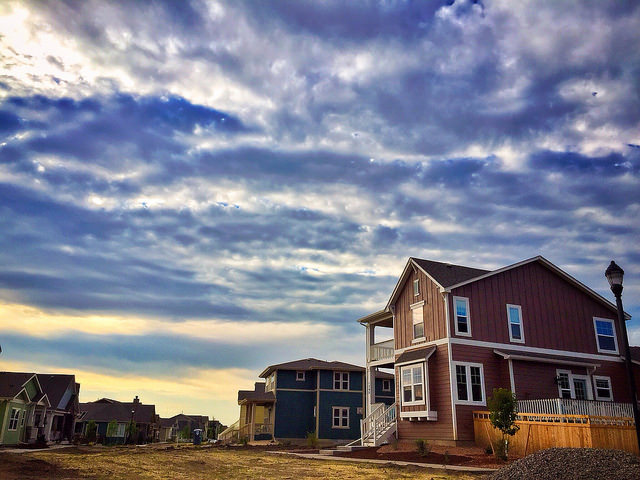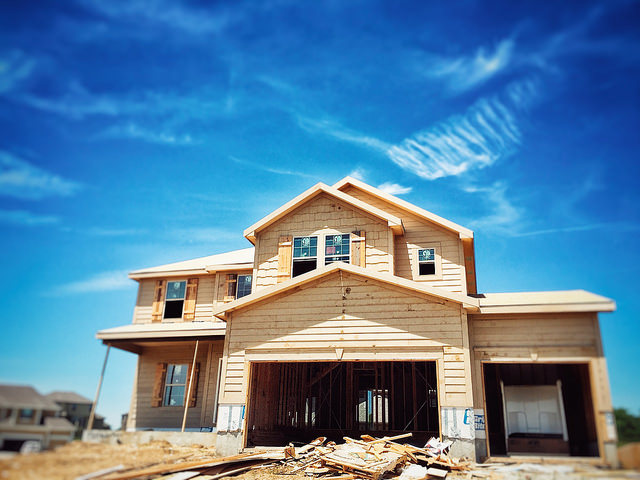When an offer to buy a house is accepted, a contract is signed. After that, the home’s sale is considered pending until the buying process is completed and all of the paperwork is done. Because contract signings precede closings, pending sales can be a good indicator of future home sales. That’s why the National Association of Realtors measures them on a monthly basis. In July, their Pending Home Sales report shows contract signings were down from the month before but remain virtually unchanged from where they were last year at the same time. Lawrence Yun, NAR’s chief economist, says there are a couple of reasons favorable conditions have yet to result in increasing sales. “Super-low mortgage rates have not yet consistently pulled buyers back into the market,” Yun said. “Economic uncertainty is no doubt holding back some potential demand, but what is desperately needed is more supply of moderately priced homes.” Yun believes that an increase in new home construction is necessary to help boost, not just the housing market and home sales, but the overall economy as well.












